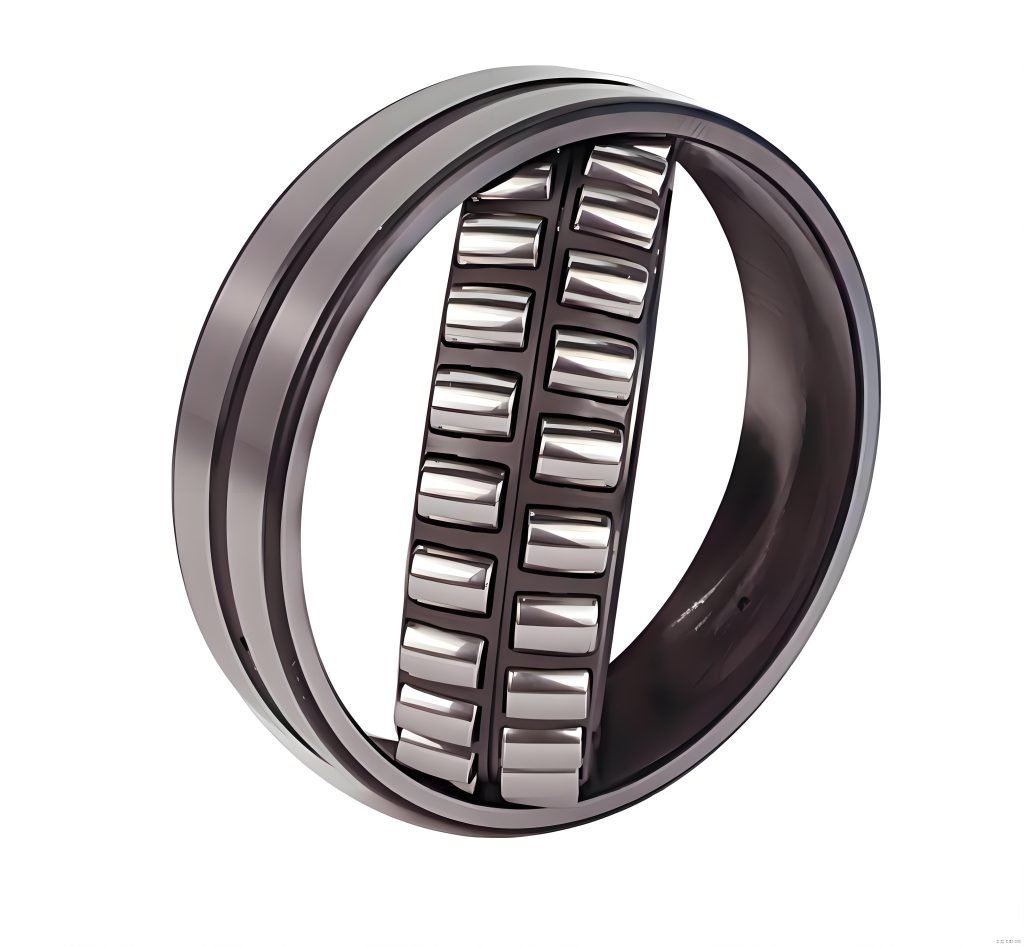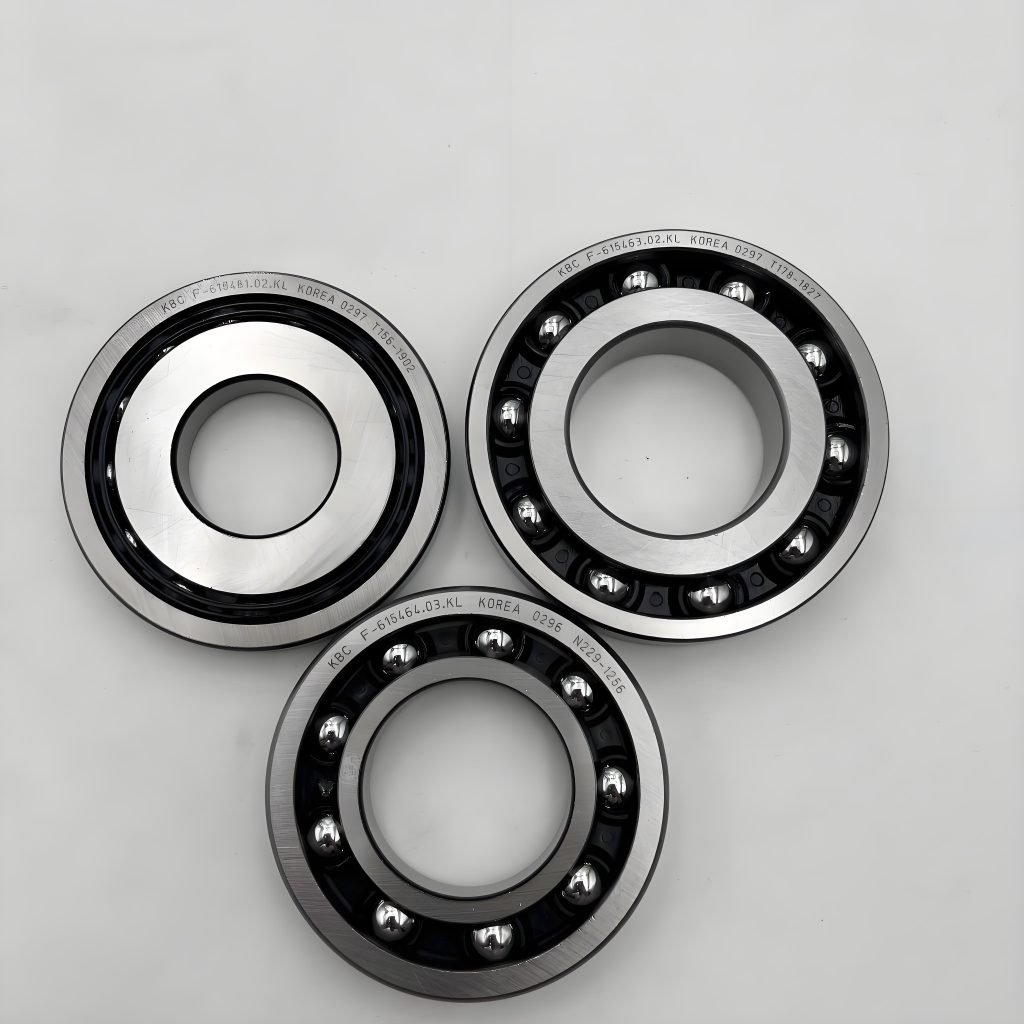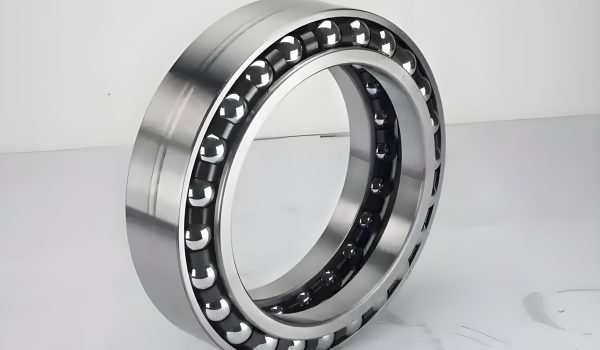A bearing is a part in machines that helps things move smoothly. They do so by reducing friction between moving parts. It supports parts that rotate or slide back and forth which is making their motion easier and more controlled.
There are different kinds of bearings like ball bearings, roller bearings, and plain or sleeve bearings. Each type is made for specific jobs and can handle different amounts of weight or pressure. Overall, bearings are very important because they support shafts, axles, and other moving parts in machines. These are helping everything work smoothly and last longer.
Here we will explore different types of bearings and how to choose the one for your needs.
What is Bearing?

A bearing is a part that helps reduce friction between moving pieces. This is making it easier for things to turn or slide smoothly.
Core Functions of Bearing
- Friction Reduction: They cut down the rubbing between parts, saving energy and preventing wear.
- Load Support: Bearings hold up forces that push sideways (radial) or along the direction of movement (thrust).
- Precision: They help parts move and stay in the right position.
- Noise Reduction: Good bearings make machines run quieter and smoother.
- Speed Enhancement: Machines can spin or slide faster because they reduce friction.
Different Types of Bearings You Should Know
There exist various types of bearings out there. Here we will explore some of the most popular bearing kinds to understand things better:
- Deep Groove Ball Bearings
A deep-groove ball bearing has deep grooves in both its inner and outer rings. These grooves let the bearing handle forces pushing sideways and forces pushing along the shaft in both directions.
Deep-groove ball bearings are very versatile because of this. These can support heavy radial loads and moderate axial loads. They are commonly used in many places like cars, machines, farm equipment, and precise instruments. This is because they work well at high speeds and in different conditions
- Angular Contact Ball Bearings
Angular contact ball bearings are designed to handle both sideways (radial) and lengthwise (axial) forces. However, they mainly do this in one direction. The grooves inside these bearings are tilted at an angle usually 40°, 30°, 25°, or 15°. This helps them carry more axial load than regular deep-groove ball bearings.
They are great for machines where both types of forces happen like machine tools, pumps, and gearboxes. You can find them in single-row or double-row types. These bearing products give you options for high precision and strong performance in tough industrial settings.
- Cylindrical Roller Bearings
Cylindrical roller bearings have an inner ring and outer ring with cylinder-shaped rollers held in place by a cage. These bearings are made to handle heavy sideways loads. This is making them perfect for tough jobs.
They can carry big forces while staying precise and strong. So, they are great for parts like spindles in CNC machines. You will find them used in industries that need reliable and tough performance like aerospace, car manufacturing, and heavy machinery.
- Tapered Roller Bearings
Tapered roller bearings are designed to handle both sideways (radial) and lengthwise (axial) forces. Their rollers and rings are shaped like cones, which helps them carry heavy loads without losing precision. There are three main types:
- Single row: Handles radial loads and axial loads in one direction. These are good for medium loads, like in car wheel hubs.
- Double row: This can take bigger radial and axial loads in both directions, giving extra strength and stability. You’ll find these in heavy machines and big gearboxes.
- Multi-row: Usually has four rows of rollers and can carry very heavy loads. These are used in tough CNC machines and industrial equipment that need to work hard all the time.
Tapered roller bearings are great for machines that face heavy forces and need reliable, precise support.
- Thrust Bearings
Thrust ball bearings are made to handle forces pushing along the shaft in one direction. They have three main parts:
- A shaft washer
- Housing washer
- A set of balls held in place by a cage.
The washers have grooves that let the balls roll smoothly, supporting these pushing forces.
These bearings are common where axial loads need support, like in car transmissions, steering systems, and machine tool spindles. They can carry high axial loads efficiently while keeping friction low. These are helping machines run smoothly and last longer.
- Needle Bearings
Needle bearings are a special kind of roller bearing that use long and thin rollers shaped like needles. The bearing takes up less space than other roller bearings but can still carry heavy loads. This is because these rollers are slim.
This makes needle bearings perfect for machines like CNC machines, where space is tight but strong support is needed. Their compact size and high load capacity help machines work efficiently without needing much extra room.
- Magnetic Bearings
Magnetic bearings use magnets to hold and support a spinning shaft without the parts touching each other. There is no friction or wear because there is no contact. It lets machines run very fast and smoothly even in tough conditions where regular bearings might struggle.
You will find magnetic bearings in advanced CNC machines. This is especially where high precision and speed are important like in aerospace and high-speed machining. They help keep everything running perfectly without wearing out quickly.
- Fluid Bearings
Fluid bearings use a thin layer of liquid or gas to support moving parts. This thin film acts like a cushion and a lubricant which cuts down friction and helping things move smoothly.
They work great in machines that run fast and carry heavy loads, where regular bearings might not do the job well.
How to Choose the Right Bearings?

Picking the right bearing is not just about matching the bearing to what your machine really needs.
Here are some simple things to think about:
- Load capacity
Different bearings carry different amounts of weight. Ball bearings are good for lighter loads, while roller bearings can handle heavier jobs.
- Rotating Speed
If your machine spins fast, you need bearings that can keep up without getting too hot or wearing out quickly. Ball bearings and magnetic bearings are great for this.
- Precision requirement
High-precision bearings such as angular contact or fluid bearings work best for machines that need very exact movements like robots or aerospace parts.
- Radial Space
Smaller bearings like needle bearings fit well without losing strength if there is not much room inside your machine.
- Lubrication
Bearings need lubrication to last longer and work smoothly. Some come sealed and ready to go, while others need regular oiling or greasing.
- Environment and Temperature
You will need special bearings made from materials that can handle those challenges if your machine works in tough conditions.
Get Professional and Faster Bearings Manufacturing Services with Fecision!
When it comes to getting high-quality bearings and CNC machining service, having access to reliable manufacturing and quick turnaround is crucial. Fecision provides bearing production for a wide range of industries, from automotive to industrial machinery. Whether you need standard designs or specialized options, their production capabilities help deliver what you need quickly and reliably.




